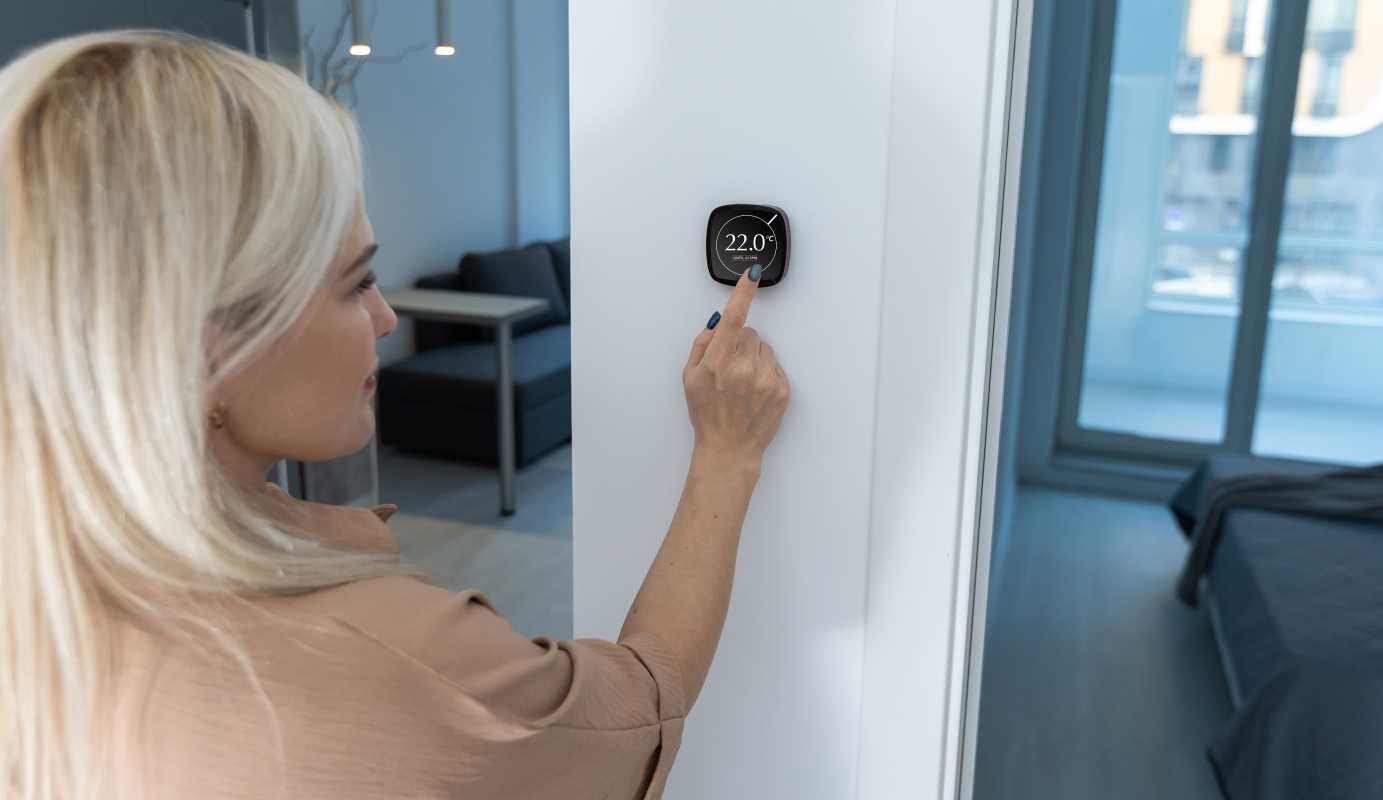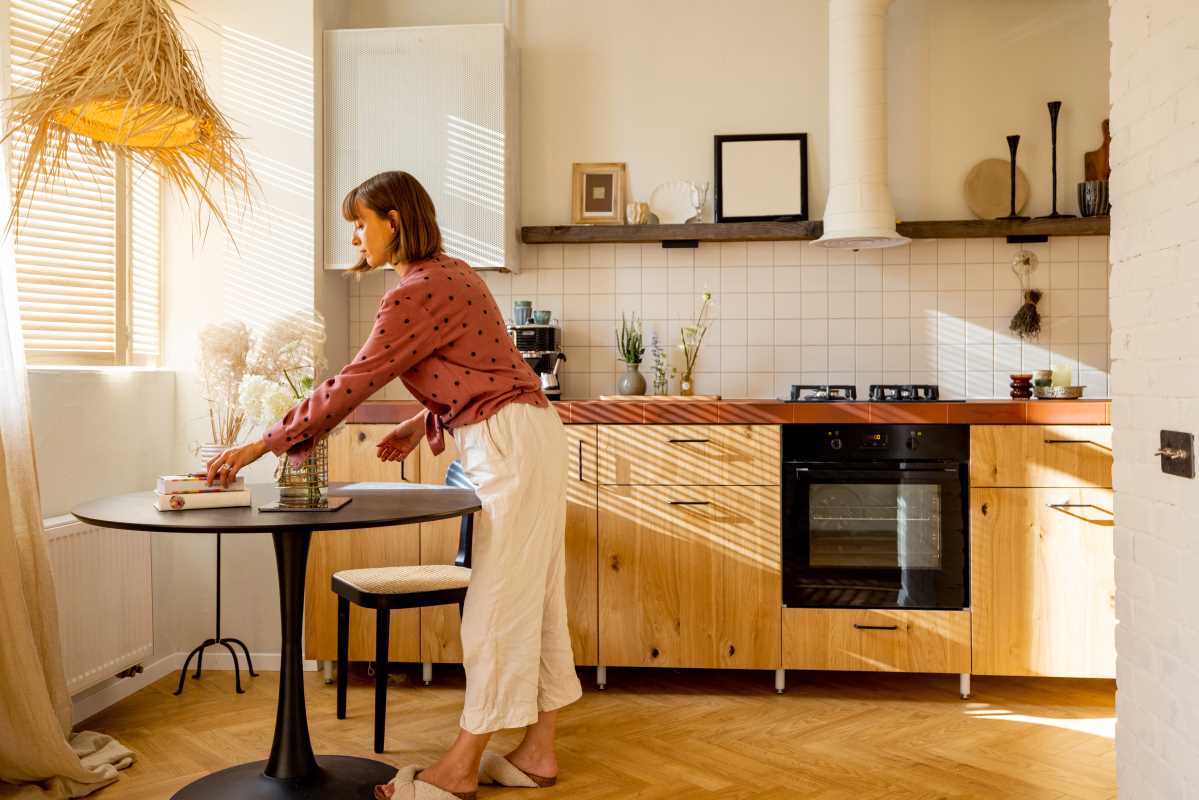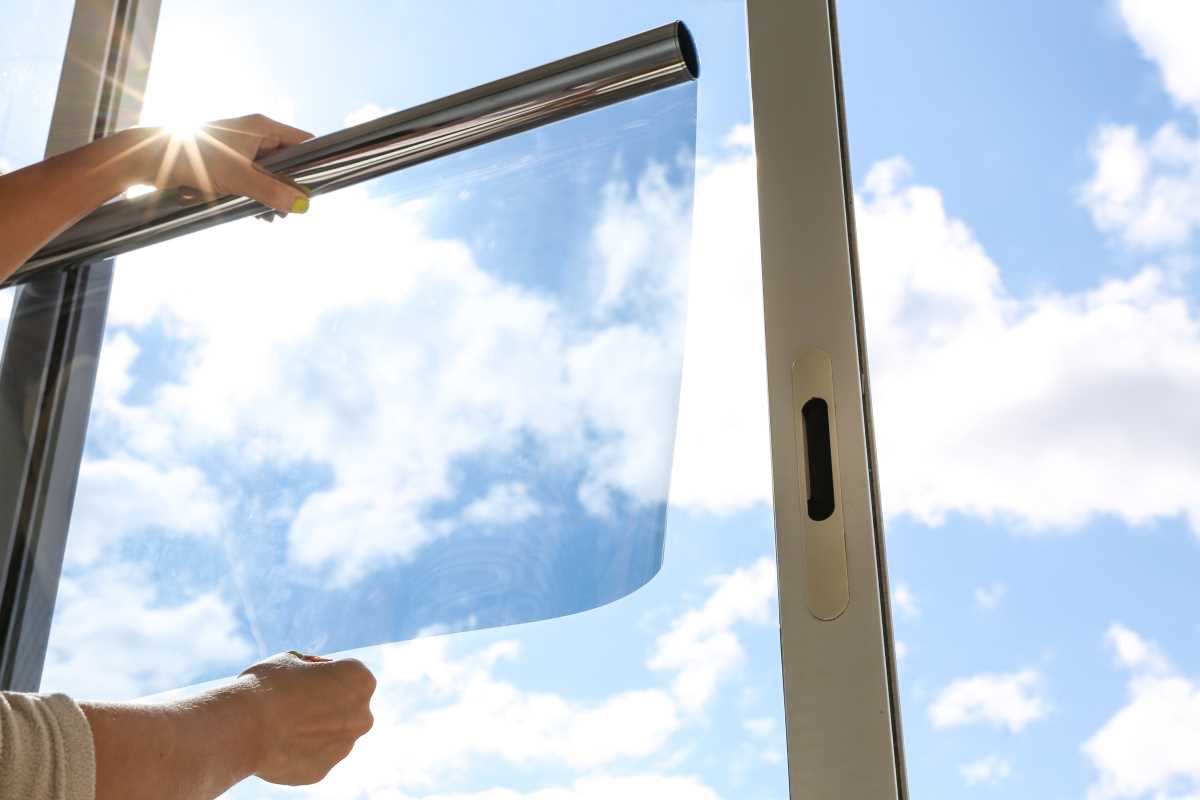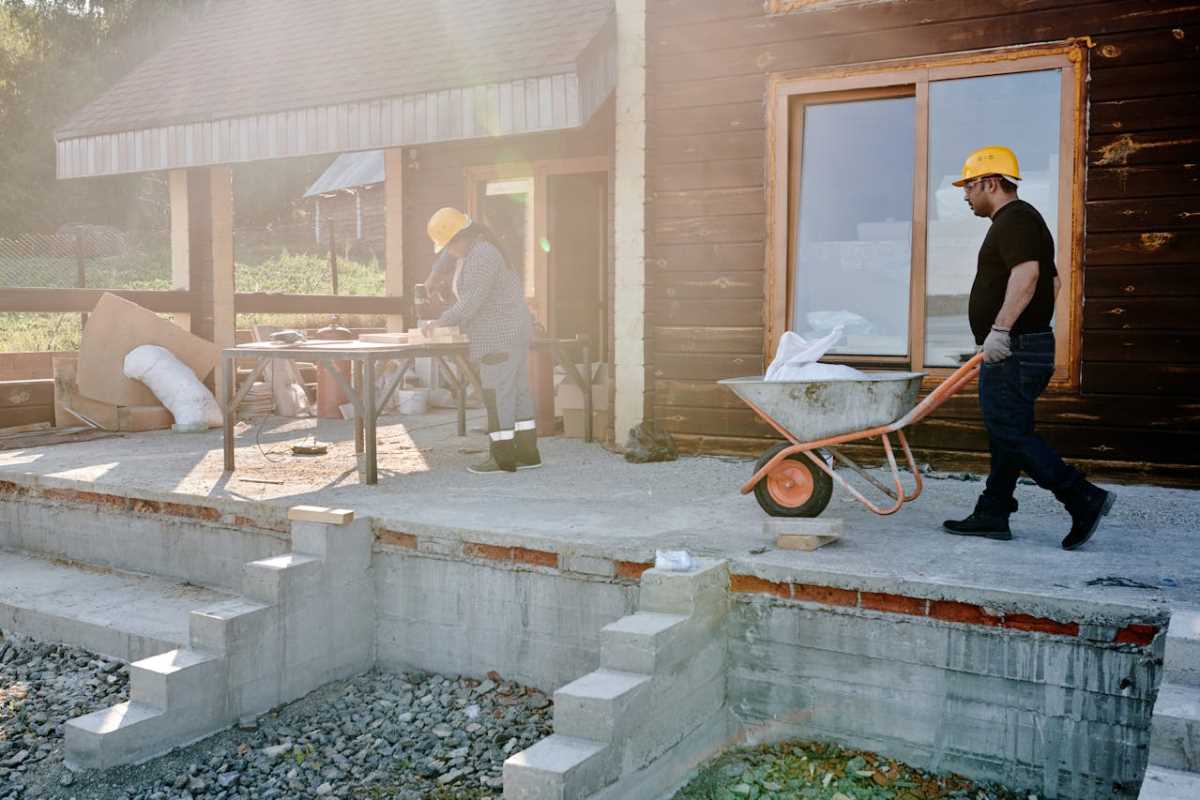Buying your first home is an exciting milestone, but it’s also a significant financial commitment. For many first-time buyers, navigating the cost can be daunting. Fortunately, there are practical steps you can take to make the purchase more affordable and avoid common pitfalls. Here’s how to approach your home purchase strategically to save money along the way.
Understand What You Can Afford
Before you start searching for homes, it’s essential to establish a budget. Consider not only the price of the house but also associated costs such as property taxes, homeowner’s insurance, closing fees, and maintenance.
Use online mortgage calculators to get a realistic picture of what you can afford based on your income, savings, and monthly expenses. Overextending your budget can lead to financial stress down the road, so stay within a comfortable range.
Once you have a budget, focus on saving for a down payment. Ideally, you’ll want to put down 20% to avoid private mortgage insurance (PMI), which is an added cost for buyers with less than a 20% down payment.
However, if you don’t have 20%, there are still options, such as government-backed loans. A larger down payment reduces your monthly payments and the interest you’ll pay over the life of the loan.
Explore First-Time Home Buyer Programs
Many local, state, and federal programs assist first-time home buyers. These programs offer grants, down payment assistance, and tax incentives. For example:
- FHA Loans: The Federal Housing Administration (FHA) insures loans that allow you to put down as little as 3.5%, making them popular with first-time buyers. Be aware that FHA loans come with mortgage insurance, which can add to your monthly payment.
- VA Loans: If you’re a veteran or active-duty military, a VA loan may allow you to buy a home with no down payment and without mortgage insurance.
- USDA Loans: For homes in eligible rural or suburban areas, USDA loans provide another option with low or no down payments.
- Check with your local housing authority or a reputable lender to see what programs you qualify for. Taking advantage of these resources can significantly reduce your upfront costs.
Shop Around for Mortgages
Just as you wouldn’t buy the first house you see, don’t accept the first mortgage offer either. Mortgage rates and fees vary, so it’s worth shopping around. Compare quotes from different lenders, including banks, credit unions, and online lenders. A small difference in interest rates can lead to substantial savings over the life of your loan.
When comparing mortgage options, pay attention to factors such as the loan term, type (fixed or adjustable rate), and closing costs. While a 30-year mortgage is common, a 15-year term may come with a lower interest rate.
Similarly, while adjustable-rate mortgages (ARMs) start with lower rates, they can increase after the initial period, which may not be ideal if you plan to stay in the home for many years.
Negotiate Closing Costs
Closing costs can add up to 2-5% of the home’s purchase price. These costs include fees for loan processing, appraisals, title insurance, and more.
As a buyer, you can negotiate with the seller or lender to reduce these expenses. For instance, you may request that the seller covers some of your closing costs as part of the purchase agreement.
In some cases, you can also roll closing costs into your loan amount, although this means paying interest on those costs over time. Additionally, ask your lender if they offer any discounts or credits. For example, some lenders provide credits for repeat customers or if you take specific actions, like signing up for automatic payments.
Prioritize Home Inspections and Appraisals
Skipping a home inspection might seem like a money-saving shortcut, but it can lead to costly issues later on. A thorough inspection can reveal any problems with the home, such as structural issues or outdated systems, that may need repairs. These findings give you leverage to ask the seller to fix the issues or lower the price.
An appraisal is another crucial step. Lenders require an appraisal to confirm the home’s value aligns with the sale price, but it also protects you from overpaying.
If the appraisal comes in lower than the agreed-upon price, you may be able to negotiate a lower purchase price or back out of the deal if it doesn’t meet your loan requirements.
Be Strategic with Your Offer
The asking price isn’t necessarily the final price. Research the local market to understand what similar homes are selling for and make a competitive, reasonable offer. In a buyer’s market, where there are more homes for sale than buyers, you may be able to negotiate a lower price. However, in a seller’s market, where demand is high, you’ll need to be more competitive with your offer.
If possible, avoid contingencies that aren’t necessary, as these can make your offer less attractive. For instance, if you can buy without a home sale contingency (selling your current home to afford the new one), your offer may be more appealing to the seller.
Consider Fixer-Uppers
A move-in-ready home is convenient but comes with a premium price. If you’re willing to put in some work, a fixer-upper can be an affordable option. Look for properties that need minor updates rather than extensive repairs, such as outdated kitchens or bathrooms, which you can renovate over time.
When buying a fixer-upper, factor in renovation costs and research potential financing options, such as an FHA 203(k) loan, which allows you to include the cost of renovations in your mortgage. Renovating a property can increase its value over time, potentially giving you more equity.
Plan for Future Costs
When budgeting for your home, remember that the expenses don’t stop after you close. Homeownership comes with ongoing costs, including maintenance, utilities, and property taxes. Establish an emergency fund to cover unexpected repairs, such as a broken HVAC system or plumbing issues.
To reduce maintenance costs, consider energy-efficient upgrades, such as replacing old windows or appliances with Energy Star-rated ones.
These improvements may qualify for tax credits and can reduce your monthly utility bills.
Buying your first home doesn’t have to drain your finances. By establishing a realistic budget, exploring assistance programs, shopping around for the best mortgage, and making strategic choices, you can achieve homeownership more affordably.
Remember, taking your time and planning carefully can lead to a more manageable and rewarding experience as you settle into your new home.







